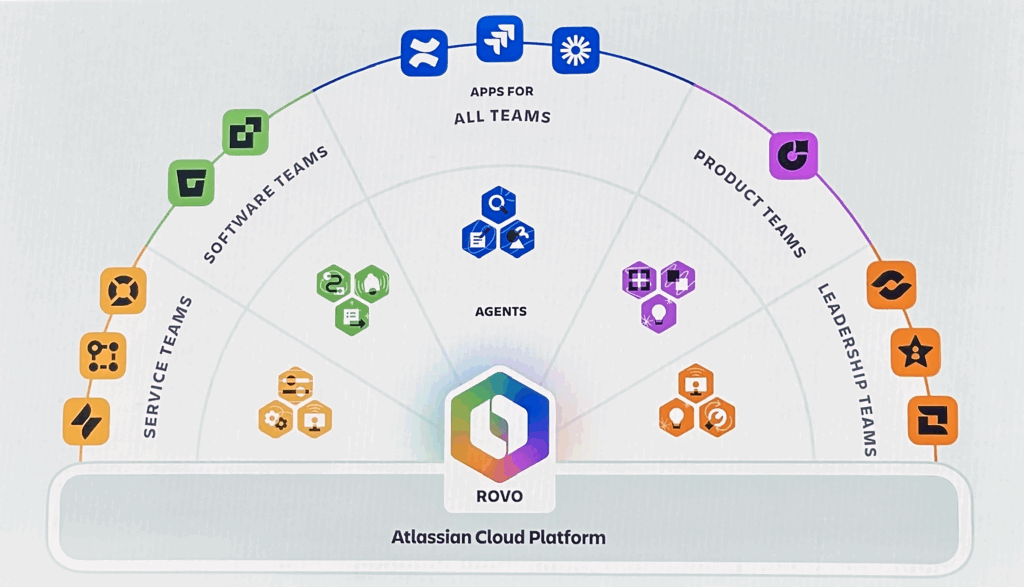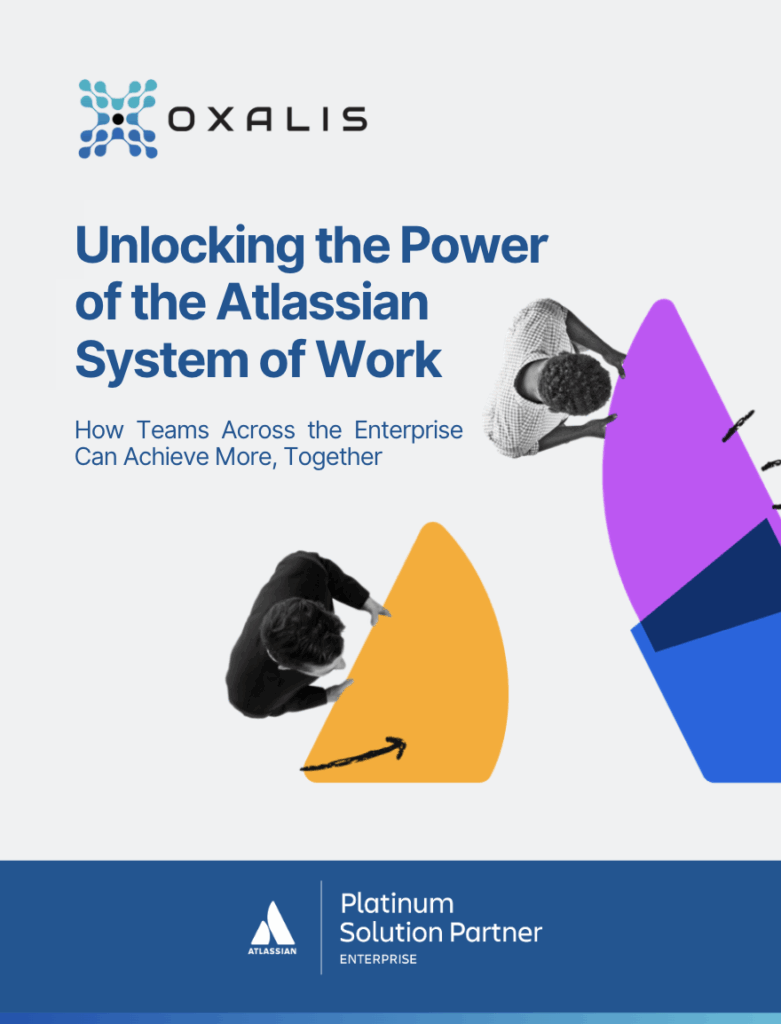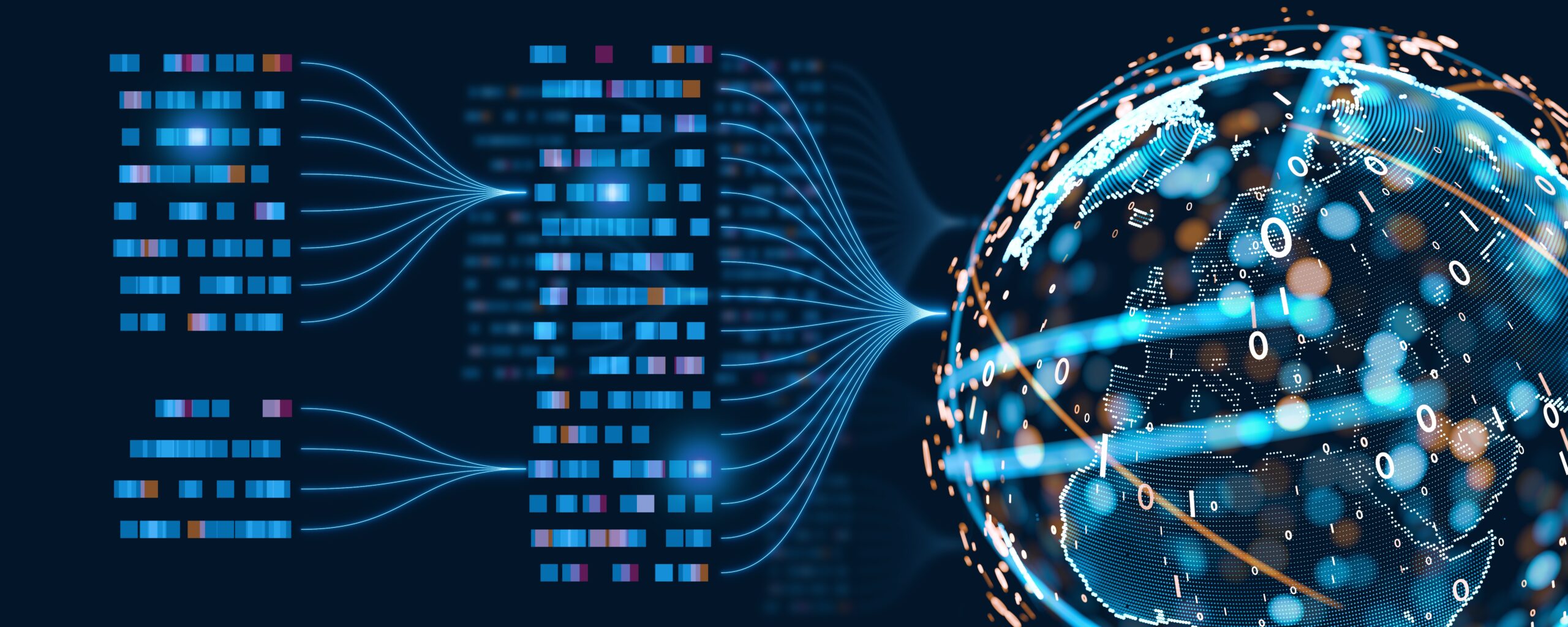The role of IT leadership is evolving. CIOs, CTOs, and Directors of IT are no longer just stewards of infrastructure—they’re strategic partners guiding transformation, innovation, and business agility. But modern organizations are facing an all-too-familiar challenge: fragmented tools, siloed teams, and slow decision-making.
To meet this moment, Atlassian has introduced a new way of working—one that goes beyond the traditional approach to platforms and products. It’s called the System of Work, and it’s changing how leading organizations connect strategy to execution, streamline collaboration, and scale with clarity.
What Is the System of Work?
At its core, the Atlassian System of Work is a philosophy—not a product—that brings teams, goals, tools, and knowledge together in a unified digital environment. It’s designed for today’s connected enterprise, where business, IT, and software teams need to move fast and stay aligned.
Atlassian’s System of Work is built on four foundational principles:
This philosophy is fully embedded into Atlassian’s cloud platform and supported by an integrated suite of tools: Jira Software, Jira Service Management, Confluence, Jira Align, Atlas, and now Rovo—the AI-powered teammate.
What This Means for Businesses
For IT and business leaders, the System of Work represents a shift from tool-centric thinking to systems-level impact. Instead of managing a portfolio of disconnected software, the System of Work provides a cohesive, data-connected environment that mirrors the complexity and interdependence of modern enterprises.
Here’s why it matters:
A Day in the Life of the System of Work
Imagine this scenario in a complex enterprise environment:
This is not a future-state—it’s happening today in organizations like Reddit, Procore, and Thumbtack. In one case, Procore reduced roadmap planning time by 75% using Rovo. In another, a virtual agent resolved 15% of IT requests without human intervention, improving SLA compliance across the board.
The Power of an Integrated Platform

The magic of the System of Work lies not just in the tools, but in how they work together:

Enterprise teams can collaborate more effectively and achieve greater results together.
This white paper introduces the Atlassian System of Work, explains how it transforms organizational operations, and highlights why Oxalis is the ideal partner to help implement and succeed with this model.
Together, these tools form a single source of truth—a system that adapts to your business, scales across functions, and evolves as your teams do.
How Oxalis Can Help
At Oxalis, we specialize in helping organizations adopt and operationalize the Atlassian System of Work. We’ve guided complex, highly regulated enterprises—from shipyards and government agencies to healthcare and higher education—through successful transformation.
Here’s what sets us apart:
If you’re ready to unify your teams, reduce inefficiency, and move from reactive to strategic execution—Oxalis is here to help.
Let’s Build Your System of Work Together
Schedule a discovery session with our experts to learn how Oxalis can bring the Atlassian System of Work to life in your organization.






